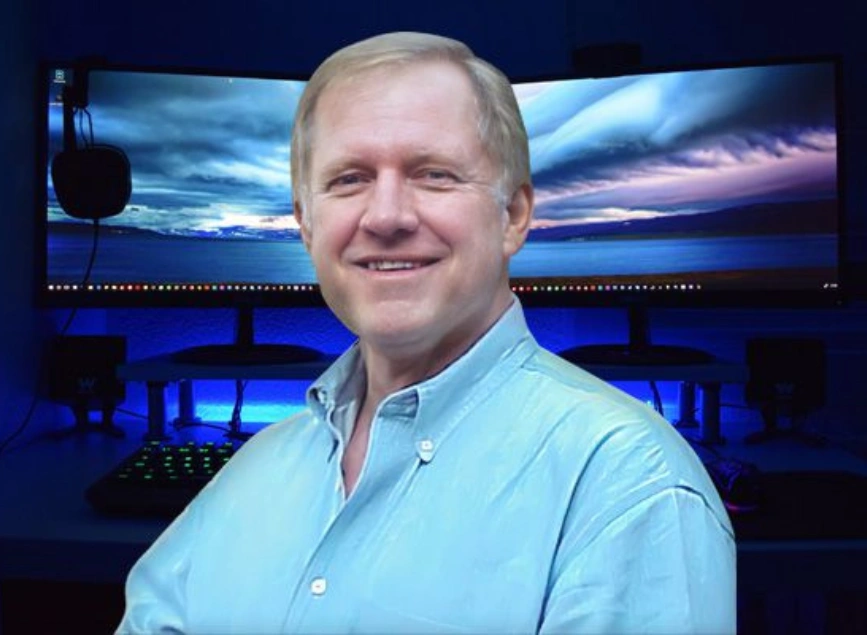
From Fall to Rise: Ed Seykota, Early Losses to Legendary Trader
Estimated reading time: 4 minutes
Table of contents
Chapter 1: A Young Man with a Big Dream
In the early 1970s, while many traders relied on gut feelings or simple charts, a young man named Ed Seykota approached trading with a revolutionary mindset: using computers to analyze markets and make systematic decisions.
Fresh out of college and passionate about both programming and trading, Seykota embraced technology at a time when Wall Street barely understood it. He believed markets followed patterns that could be detected with data and algorithms, not just human intuition.
His early experiments with computerized trading systems attracted curiosity and skepticism. But Seykota’s deep focus on risk management and disciplined strategies set him apart from many traders chasing quick wins.
He looked like a pioneer but the road ahead would test his resolve.
Chapter 2: Early Losses and a Harsh Lesson
In the beginning, Seykota faced significant losses. His first attempts at automated trading systems didn’t bring instant profits. He experienced the sting of losing large sums and the frustration of seeing his models fail during unexpected market moves.
These failures could have ended his career. Many questioned whether a computer could truly beat the market or if Seykota’s ideas were just a passing fad.
Instead of quitting, Seykota reflected deeply on what went wrong. He realized that markets were complex and unpredictable, requiring constant adaptation and an unbreakable discipline to control emotions and risk.
He once said:
“The elements of good trading are: (1) cutting losses, (2) cutting losses, and (3) cutting losses. If you can follow these three rules, you may have a chance.”
This insight became the foundation of his approach.
Chapter 3: Building a System Based on Discipline and Rules
Seykota chose to build his trading philosophy around strict rules and automation. He developed computerized systems that would execute trades systematically, removing emotional decision-making.
He kept meticulous records of every trade, analyzed mistakes, and improved his models continuously. Over time, his discipline in cutting losses and letting profits run gave him an edge that few traders could match.
His principles focused on:
- Risk control above all else
- Letting winning trades grow
- Removing human emotion from the trading process
This approach helped Seykota transform early failures into a framework for long-term success.
Read More: From Fall to Rise: How Ray Dalio Turned Failure into Greatness
Chapter 4: Rising to Legendary Status
By the late 1970s and into the 1980s, Ed Seykota’s systems delivered extraordinary returns. His clients often saw gains far exceeding the market averages.
He became known as one of the first traders to prove that computers could be used effectively for trading decisions. Seykota’s success inspired an entire generation of quantitative and systematic traders.
His story was famously captured in Jack Schwager’s classic book Market Wizards, where Seykota shared his unique philosophy and trading psychology insights that went beyond just numbers.
Today, Seykota is considered a pioneer of algorithmic trading and a legend in commodity trading circles.
Chapter 5: Lessons from Ed Seykota
📘 1. Cut Your Losses Quickly
Seykota’s mantra was clear: avoid large losses at all costs.
✅ Practical Tip: Set strict stop-losses and don’t hesitate to exit losing trades early.
🧠 2. Discipline Beats Intuition
Trading by emotion or guesswork leads to disaster. Automated rules and discipline keep you steady.
✅ Practical Tip: Use trading plans and stick to them, even when emotions run high.
⚖️ 3. Let Profits Run
Don’t close winning trades too early, allow them to grow for bigger gains.
✅ Practical Tip: Use trailing stops or rules to lock in profits but stay in trends.
🔍 4. Embrace Technology and Data
Leverage computers and data analysis to remove biases and improve decisions.
✅ Practical Tip: Learn basic coding or use trading software to backtest strategies.
🧘 5. Mindset is Key
Seykota emphasizes self-awareness and emotional control as crucial to success.
✅ Practical Tip: Practice mindfulness or journaling to understand your trading psychology.
Final Chapter: The Trader Who Transformed Markets
Ed Seykota’s journey from early failures to legendary success illustrates the power of discipline, innovation, and resilience. He showed the world that trading wasn’t just art or luck, it could be a science guided by principles.
Today, his influence lives on in the thriving field of algorithmic and quantitative trading. Seykota continues to inspire traders to embrace technology, control emotions, and learn from every mistake.
His story proves one powerful idea:
Failure is not the end, it’s the foundation for your greatest trading success.
Summary: From Early Losses to Market Mastery
📌 Early setbacks don’t define your potential, your response does.
✅ Discipline, cutting losses, and letting profits run are trading essentials.
📌 Embracing technology and psychology together creates lasting edge.
Most importantly: it’s not how many times you lose, but how you learn and adapt that shapes your trading legacy.
Share
Hot topics

What Is the US Dollar Index (DXY) in Forex?
If you’ve spent any time exploring global markets, you’ve certainly heard about the US Dollar Index, known as DXY. For many beginner traders, it appears to be one of those...
Read more




Submit comment
Your email address will not be published. Required fields are marked *